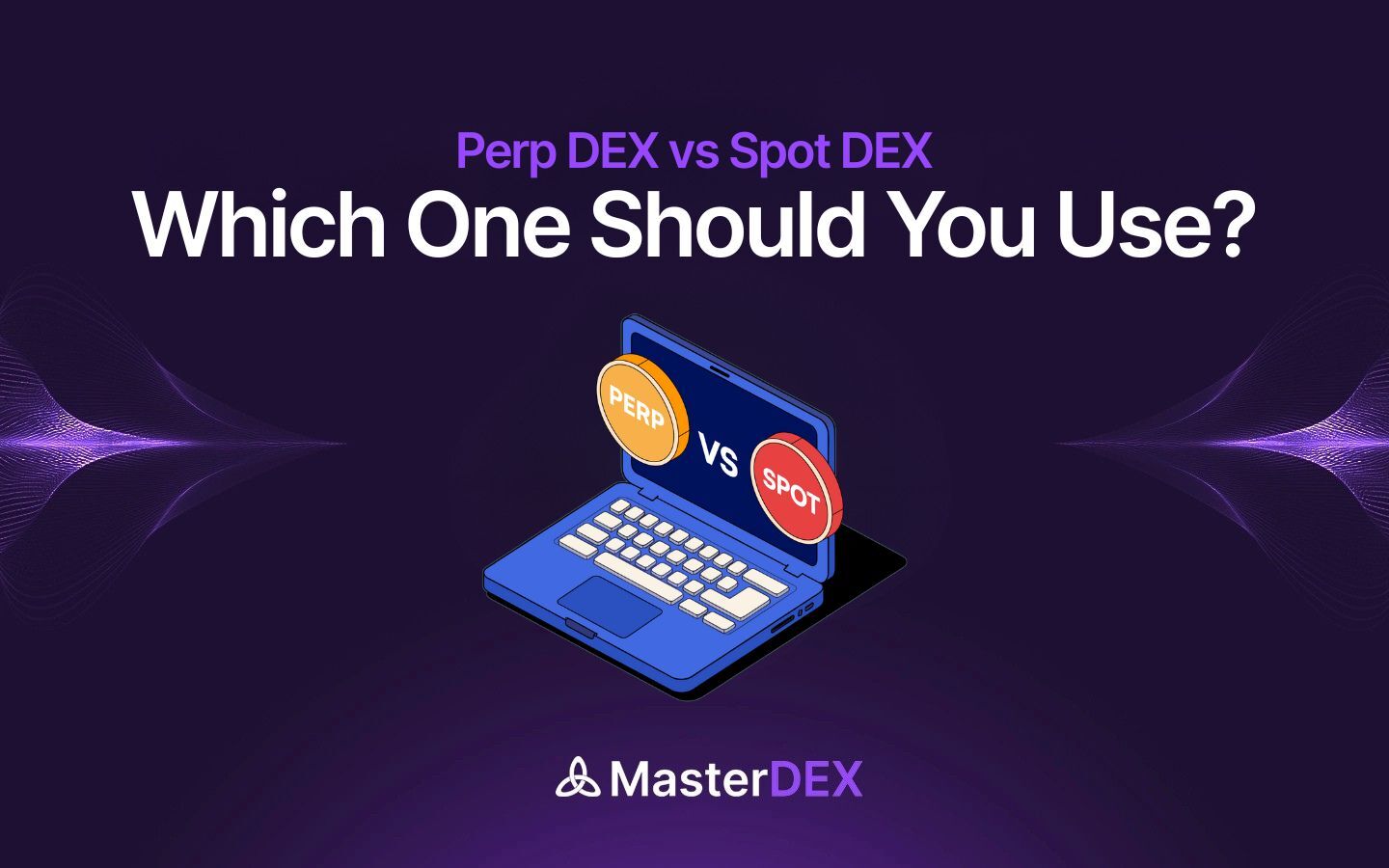Wondering what is staking and how it works? You have landed on the right page. This article talks about what it is, its working mechanism, the role of validators and delegators, how to stake, its types and much more. So, let’s get started.
Table of Contents:
ToggleWhat is Staking?
It is a process that allows cryptocurrency holders to earn rewards by locking their assets to help maintain and secure a blockchain network. Instead of simply holding tokens in a wallet, users can stake them to validate transactions and support network functionality. In return, they receive rewards in the form of additional tokens.
Unlike lending, staking does not require users to give up ownership of their assets, making it a safer and more passive way to grow crypto holdings. For example, if a blockchain network offers a 5% staking reward over a specified period, to stake100 tokens would yield an additional 5 tokens as a reward. This makes it an attractive option for those looking to earn passive income while contributing to blockchain security.
Ready to swap $MDEX? You are just a click away!
How It Works?
Staking is fundamental to blockchains that operate on the Proof of Stake (PoS) consensus mechanism. When users stake their tokens, they become part of the network’s validation process. Validators, who verify transactions and add new blocks to the blockchain, are chosen based on the amount of tokens they have staked. The more tokens a user stakes, the higher the chances of being selected as a validator and earning rewards.
For users who lack the technical expertise or funds to run a validator node, delegated staking allows them to stake their assets through existing validators. This approach makes it accessible to more participants while still securing the network. However, validators engaging in dishonest behavior may face penalties such as slashing, where a portion of their staked assets is forfeited.
Proof of Stake (PoS) vs. Proof of Work (PoW)
Both PoS and PoW are methods used to validate blockchain transactions, but they function differently.
PoS networks, such as Ethereum 2.0, Cardano, and Solana, require users to stake tokens in a smart contract to become eligible as validators. This method is energy-efficient, faster, and cost-effective compared to PoW.
In contrast, PoW, which is used by Bitcoin and Litecoin, requires miners to solve complex mathematical puzzles using high-powered computers. The first miner to solve the puzzle verifies the transaction and earns new cryptocurrency as a reward. While PoW is highly secure, it consumes large amounts of energy, making PoS a more sustainable alternative.
PoS networks also offer lower transaction fees and faster processing times, making them the preferred choice for many blockchain projects.
The Role of Validators and Delegators
In PoS-based type, network participants can either be validators or delegators.
Validators operate network nodes, confirm transactions, and add new blocks to the blockchain. Becoming a validator typically requires a minimum stake, which varies by network. For example, Ethereum requires a minimum of 32 ETH to become a validator. Validators play a crucial role in maintaining blockchain security, and any dishonest activity can result in slashing penalties, where a portion of their staked assets is deducted.
Delegators, on the other hand, participate by delegating their tokens to validators. Since becoming a validator requires technical expertise and a large stake, delegators can contribute to network security without running a node. In return, they receive a share of the rewards earned by the validator. This delegation mechanism ensures that even users with smaller holdings can benefit from this process.
How to Stake Cryptocurrency?
Staking cryptocurrency is a straightforward process that allows users to lock their assets and earn passive rewards while securing a blockchain network. Whether you’re a beginner or an experienced trader, understanding how to stake properly helps maximize rewards while minimizing risks.
Steps to Stake Crypto:
- Acquire the Tokens
Once you’ve selected a supported cryptocurrency, you must purchase tokens from a crypto exchange such as MasterDEX, Coinbase, etc, or transfer them from another wallet. Ensure you meet any minimum staking amounts required by the network. - Choose a Cryptocurrency
Not all cryptocurrencies allow it. PoS-based networks such as Ethereum 2.0 (ETH), Cardano (ADA), Solana (SOL), Polkadot (DOT), and Tezos (XTZ) support staking. Before doing, research the available options, associated rewards, lock-up periods, and minimum staking requirements. - Select an appropriate Method and Platform
This can be done through various methods:
- Direct Staking – Stake directly through a blockchain’s official wallet.
- Delegated Staking – Delegate tokens to a validator and earn a share of the rewards.
- Exchange Staking – Stake through a centralized exchange like BingX or Coinbase.
- Liquid Staking – Stake tokens while retaining liquidity through derivatives.
- Transfer Tokens to a Compatible Wallet
If you’re not using an exchange for staking, you’ll need a compatible crypto wallet such as MetaMask, Trust Wallet, or Ledger. Once set up, transfer the crypto you want to stake. - Initiate Staking
Follow platform-specific steps based on your chosen method. For direct staking, use a blockchain’s official portal. If delegating, select a validator. For exchange staking, choose a pool and confirm the transaction. - Earn and Claim Rewards
Once your crypto is staked, you will start earning staking rewards, which can be distributed daily, weekly, or monthly, depending on the network. Some platforms allow auto-compounding, where rewards are automatically reinvested to maximize returns.
Types of Staking
There are multiple ways to stake crypto, each offering different benefits and risks:
🔹 Direct Staking – Requires running a validator node. High rewards but technical expertise needed.
🔹 Staking Pools – Users combine funds to stake collectively, lowering entry barriers.
🔹 Delegated Staking – Users delegate their tokens to a validator and earn a portion of rewards.
🔹 Exchange Staking – Centralized exchanges handle staking for users in exchange for a small fee.
🔹 Liquid Staking – Stakers receive staking derivatives that can be used in DeFi protocols for additional yield.
Each method offers different levels of control, rewards, and risk, so users should choose based on their needs and experience.
Final Thoughts
Staking has become one of the most profitable and accessible ways for cryptocurrency holders to earn passive income while contributing to blockchain security. Whether through direct, delegation, or liquid staking, understanding the staking mechanism helps users maximize returns while minimizing risks.
As blockchain technology continues to evolve, staking remains a key component of decentralized finance (DeFi), providing sustainable income opportunities. By choosing a trusted platform like MasterDEX, crypto investors can stake securely and efficiently while supporting blockchain decentralization.



